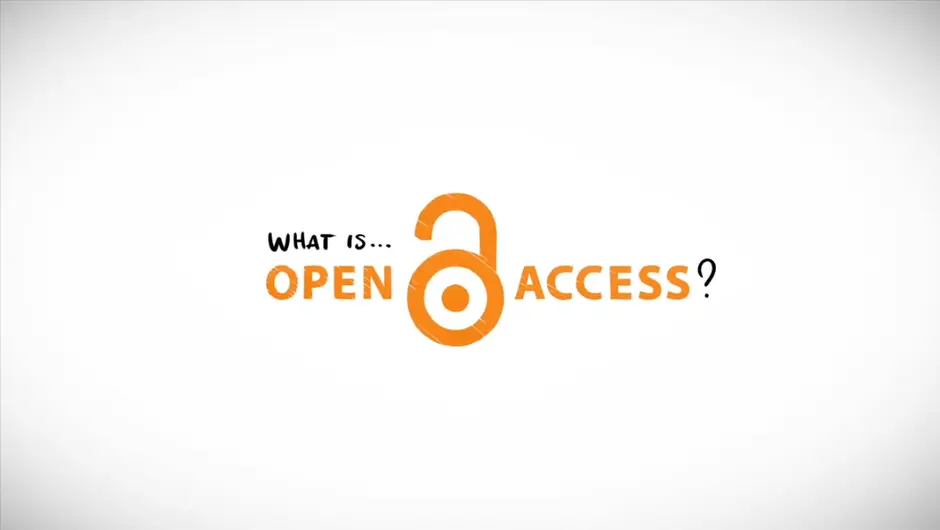Open Access (OA) refers to the free and unrestricted access to scientific information on the Internet. Documents published in OA can be accessed, downloaded and used free of charge by all interested parties.
One of the aims of OA is to make research results available quickly, permanently and without barriers. Possible advantages for authors include:
Depending on the author's wishes, aspirations and document type, there are various ways or roads to publish a document in OA:
Open Access contrasts with the classic Closed Access model, in which publication costs are financed through user charges, which are usually paid by libraries or readers (e.g. through literature purchases, journal subscriptions).
Various business models have developed to finance the OA publishing process and the necessary infrastructure. Examples are:
Further information on OA business models: open-access.net.
In the author-based funding models for gold or hybrid publications, the publication costs - also called "article processing charges" (APCs) - have to be paid by the authors.
In order to relieve them, funding or support programmes have been set up. For researchers at a university, there are, for example:
Funding for a publication is usually linked to certain conditions, such as the selection of a quality-assured OA journal for the publication.
Note: The publication fund of Trier University of Applied Sciences is currently exhausted. Funding is not possible until further notice.
If a document is published in OA, various licences can be used to define the conditions and restrictions for further use of the publication.
Well-known models are:
Example: Creative Commons licences
Creative Commons licences are particularly widespread. They were developed by the non-profit organisation Creative Commons and can be applied to all works covered by copyright.
The design of the CC licence agreements is based on the following basic building blocks:
By selecting individual components, you can grade the release of your work. Depending on the composition, the OA idea is realised to a greater or lesser extent. Licences used are:
General:
The DEAL project was launched in 2014 on the initiative of the Allianz der deutschen Wissenschaftsorganisationen (Alliance of German Science Organisations). The aim of the project was and is to negotiate new licensing models for German scientific institutions with the three major publishers Elsevier, Springer Nature and Wiley & Sons and to help shape the transformation towards an Open Access publishing landscape.
The focus is on the so-called "publish-and-read" licence agreements. For the participating institutions and their publishers, they mean, among other things:
To facilitate the implementation of the agreements, MPDL Services GmbH was founded in 2018. It is a subsidiary of the Max Planck Society and acts as a contractual partner for the eligible institutions vis-à-vis the DEAL publishers.
Trier UAS and DEAL:
Trier University of Applied Sciences participates in the DEAL agreements with the publishers Elsevier, Springer Nature and Wiley & Sons. The agreements run provisionally until the end of 2028.
General: Background information on Open Access
Funding programmes for researchers
Open Access media: Overviews and directories
Open Access Media: Aids to quality assessment and assurance
DEAL Project
Publishing houses: Open Access guidelines

Please note: Information will be sent to Youtube/Google as soon as you start the video. For further information visit Google Privacy.
Missing information? Broken links?
Please send your suggestions and comments to:
You are leaving the official website of Trier University of Applied Sciences